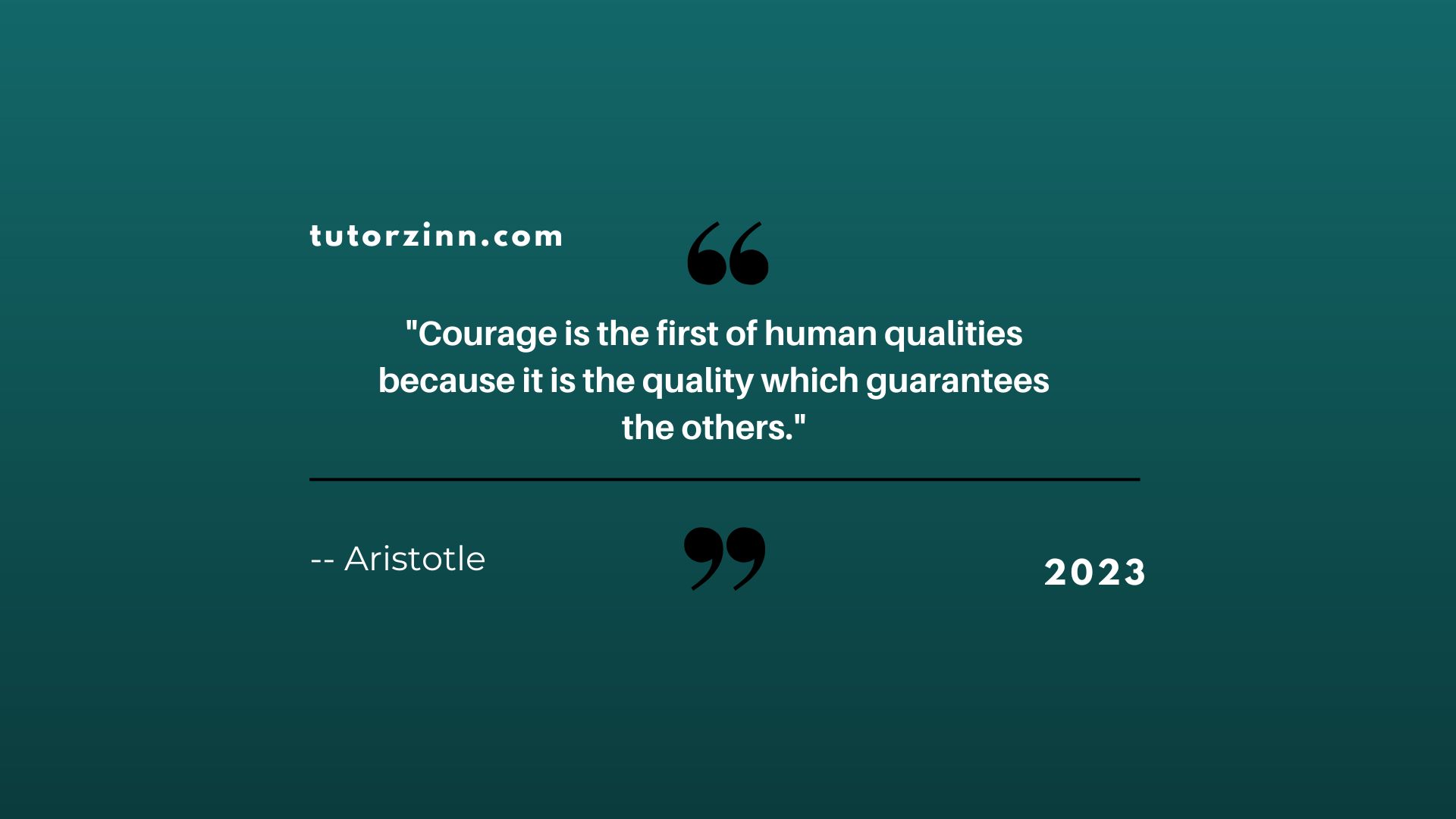“The whole is greater than the sum of its parts.”
–Aristotle
Aristotle, the ancient Greek philosopher, is known for his contributions to various fields of knowledge, including philosophy, science, and logic. One of his famous quotes is, “The whole is greater than the sum of its parts.” This quote encapsulates Aristotle’s understanding of the concept of synergy and the idea that the combination or integration of individual elements can result in something greater and more significant.
I. Understanding Aristotle’s Quote
- A. Defining “the whole” and “the sum of its parts”
- 1. “The whole”: Refers to the entirety or the complete entity under consideration.
- 2. “The sum of its parts”: Signifies the individual elements or components that make up the whole.
- B. Interpreting the relationship between the whole and its parts
- 1. Not a mere addition: Aristotle suggests that the combination of parts goes beyond simple aggregation.
- 2. Emergent properties: Implies that the whole possesses characteristics or qualities that are not present in its individual parts alone.
II. Synergy and Holism
- A. Synergy: The cooperative interaction of different elements that produces a combined effect greater than the sum of their separate effects.
- 1. Example: In a team, individual members contribute their unique skills, resulting in enhanced productivity and achievements.
- B. Holism: The idea that systems or entities should be viewed as integrated wholes rather than isolated parts.
- 1. Holistic approach: Encourages the consideration of various interconnected factors when analyzing a system or phenomenon.
III. Examples and Applications
- A. Biology and ecosystems
- 1. Ecological systems: The interactions between organisms, the environment, and their collective impact on the ecosystem’s stability and biodiversity.
- 2. Organisms: The functioning of organs, tissues, and cells in the human body, where each component contributes to the overall health and well-being.
- B. Art and aesthetics
- 1. Artistic compositions: The combination of various elements such as color, texture, and form, which create a harmonious and impactful whole.
- 2. Music: Different musical instruments and voices harmonizing to produce a richer and more profound auditory experience.
IV. Implications and Significance
- A. Collaboration and teamwork
- 1. Encourages collaboration: Recognizing that diverse perspectives and skills can lead to more innovative and effective outcomes.
- B. Appreciating complexity
- 1. Understanding interdependencies: Acknowledging that complex systems often involve intricate relationships and interactions between their constituent parts.
- C. Enhancing creativity and problem-solving
- 1. Holistic thinking: Encourages exploring multiple perspectives and considering the interconnectedness of various factors when approaching challenges.
Conclusion:
Aristotle’s quote, “The whole is greater than the sum of its parts,” emphasizes the importance of synergy and holistic thinking. It reminds us to consider the integrated nature of systems, whether in nature, art, or human endeavors. By recognizing the value of collaboration and appreciating the complexity of the world around us, we can enhance our creativity, problem-solving abilities, and overall understanding of the interconnectedness of life.




